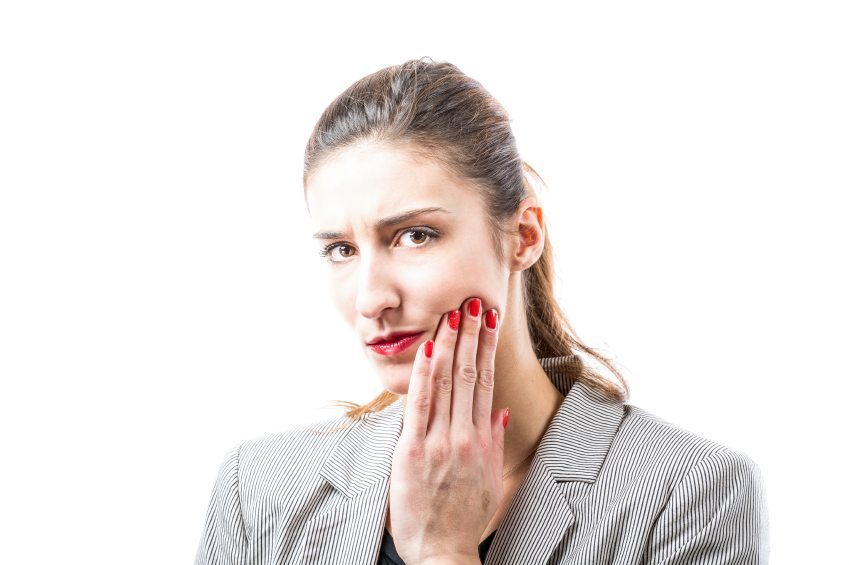
Whether it’s a bump on the head or a sore muscle, a lot of us have been told that ice should be applied to the affected area for relief. The soothing coolness alleviates tender muscles and sores as an easy, accessible remedy. But what if someone told you that, when it comes to toothaches, the best place to put ice may not be your jaw. If you are familiar with acupuncture you know that it involves stimulating points in the body to help treat a variety of conditions, but can the same strategy be applied when using ice?
Toothaches are a result from a wide range of aliments varying from stress to infection. When it comes to infection, a dentist is needed to help cure the toothache; however, if stress causes you to grind your teeth, then home remedies might do the trick.
SEE ALSO Should You Brush Your Teeth Directly After You Eat?
University of Rochester Medical Center explains that “Cold slows down blood flow to an injury, thereby reducing pain and swelling.”
Like we already know, applying an ice pack to a bruise or an inflamed muscle can help lessen the strain of the injury. University of Rochester Medical Center states that “cold therapy slows circulation, reducing inflammation, muscle spasm, and pain. It should be used if the area is swollen or bruised.”
While this advice is logical, could an exception be made when it comes to toothaches? A study published in 1980 in a medical journal, The Canadian Medical Association Journal, states “It is well known that transcutaneous electrical stimulation [a therapy that uses electrical current for pain relief] and acupuncture applied to the Hoku acupuncture point (which lies in the web between the thumb and the index finger) diminish dental pain.” In most cases, these two strategies require the assistance of a professional but the study turned to ice to see if, when applied to Hoku acupuncture point, could work in a similar way.
SEE ALSO Daily Bite Wellness Tip: Strawberries For Whiter Teeth
The study gave some patients who suffered “from acute dental pain [an] ice message [between the thumb and index finger.] Control groups received tactile massage alone or with explicit suggestion that the massage was intended to alleviate their pain.” Massaging is also known to help alleviate some pains; however, when it comes to toothaches, ice was proven to be most effective. The study found that “Ice massage decreased the intensity of the dental pain by 50% or more in the majority of patients. Furthermore, the pain reductions produced by ice massage were significantly larger” than from the control group, the Canadian Medical Association Journal states.
Verdict: False. When it comes to a toothache, the best place to apply ice to alleviate pain is on the hand. The Canadian Medical Association Journal concludes that when ice is applied to the hand “brainstem areas, particularly the central grey matter that are known the inhibit pain signals [are activated].” This technique is used to give relieve pain and is not to be used in place of a medical professional. But, if the end of the semester is giving you stress, try the ice massage. See if it helps lessen the pain you might be harboring in your teeth.
For more on oral hygiene, check out our features here.
What toothache relief methods do you recommend?









![Daily Bite [Make]: Philly Cheesesteak Stuffed Bell Peppers](https://dashofwellness.com/wp-content/uploads/2013/01/Philly-Cheesesteak-Stuffed-Pepper-Daily-Bite-1-100x70.png)
